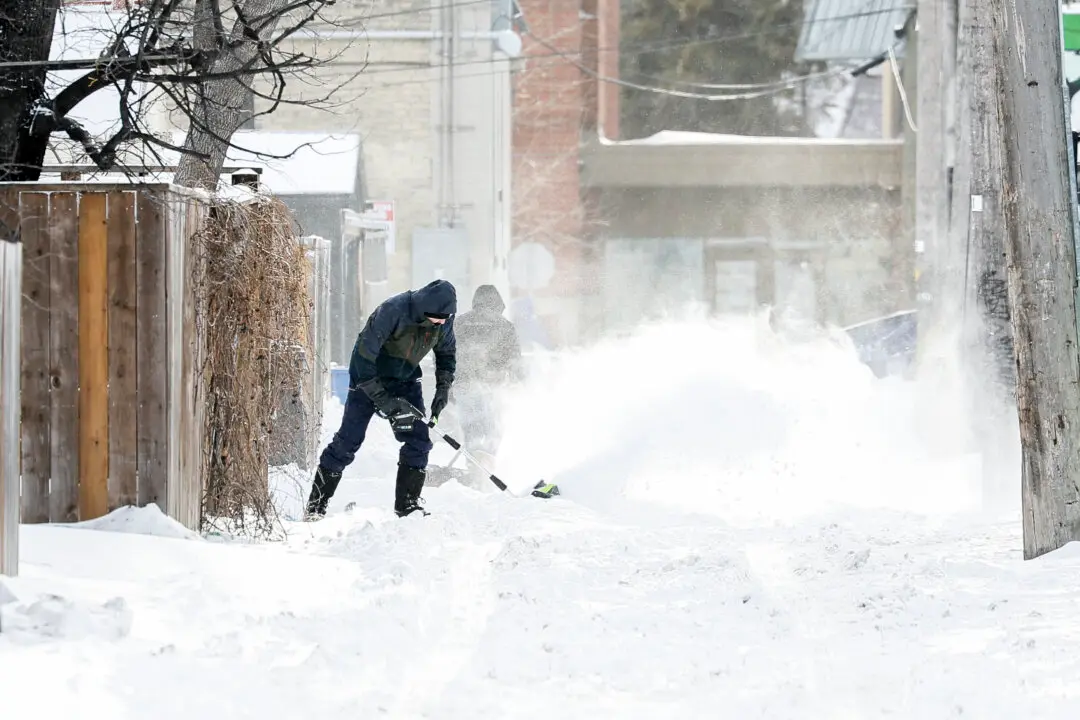OTTAWA—The longer it takes for all Canadians to follow the rules and stay home, the longer it will be before life can return to normal, Prime Minister Justin Trudeau said Wednesday.
Meanwhile, the public health chief of Canada’s biggest city told Torontonians they should expect to be restricted to their homes except for “the most essential” needs for at least the next 12 weeks.





